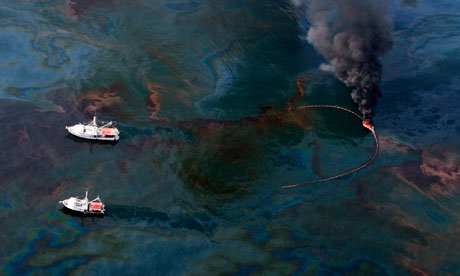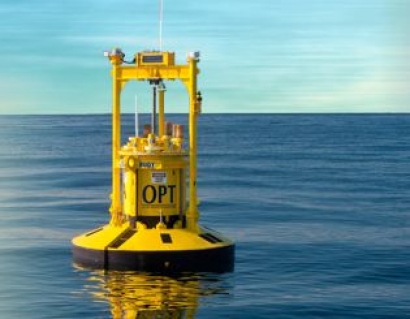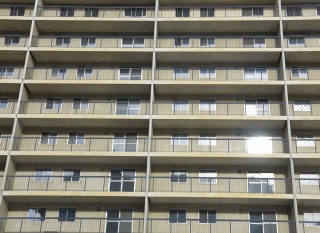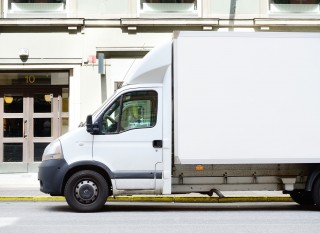US Government Grants $76 million to Communities to Encourage ‘Brownfields’ Redevelopment
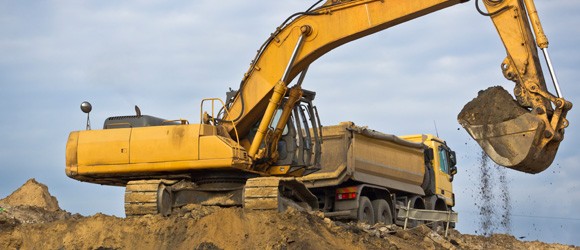
Imagine a bustling depot in St. Paul, Minnesota. Workers moving freight and the company that ran it providing jobs for the entire community. Now imagine what happens when the jobs go away along with the company and the site remains tainted with petroleum that has accumulated over decades. Not a likely site for future economic or civic development.
In fact, St. Paul has this and over 1,000 similar, so-called ‘brownfields’ sites within the city limits. Brownfields sites are designated as such because they are not capable of returning to the community or to commercial interests without some form of cleanup. The catch for many would-be developers is that it is often prohibitively expensive to even consider privately cleaning up land in these locations in order to build something. It is generally much cheaper for them to buy land that is considered prime and without any pollution problems.
So about 10 years ago, an informal practice involving creating separate grants for brownfield locations throughout the US became codified during the early George W. Bush administration. Since that time, the EPA has spent a lot of time encouraging communities to offer proposals that will be funded by the US Government so that the properties in question can be cleaned up for the benefit of the greater community.
Instead, then of just a cleanup, communities throughout the United States have invested time of their own in putting together thoughtful proposals that create benefit for people that live in their area.
In the case of St. Paul, Minnesota, instead of cleaning the site up for industry to move back into the area, it was determined that it was a greater good for the site to be incorporated into a Nature Park that allowed visitors to enjoy a more pastoral environment within the city.
Overall, the EPA handed out $76 million dollars in community loans to 200 communities in 2011. According to most of the representatives from both the federal government and from local communities, this federal help program is definitely worth it. The money goes directly to the community which then organizes the cleanup, providing tangible results immediately.





